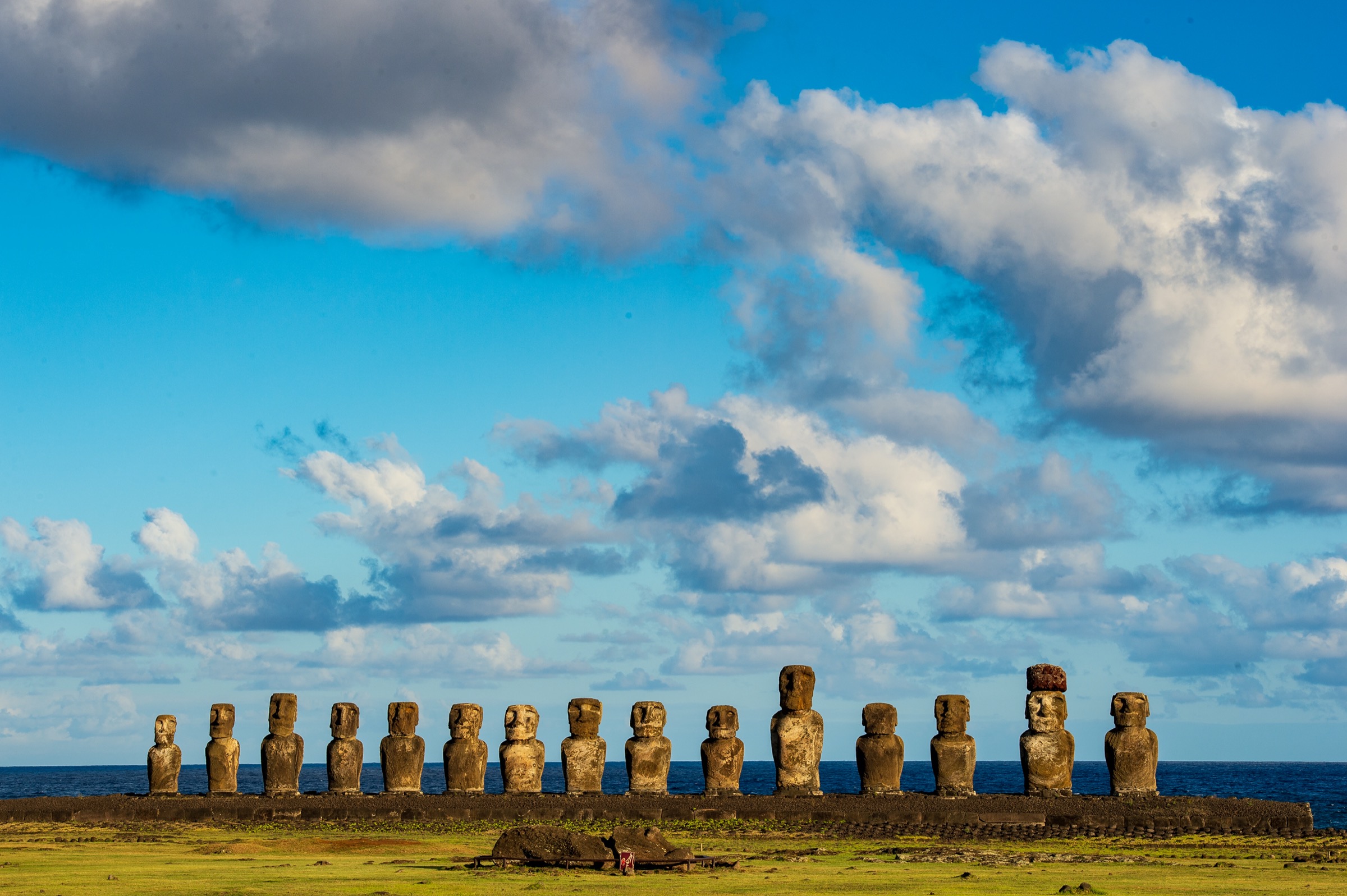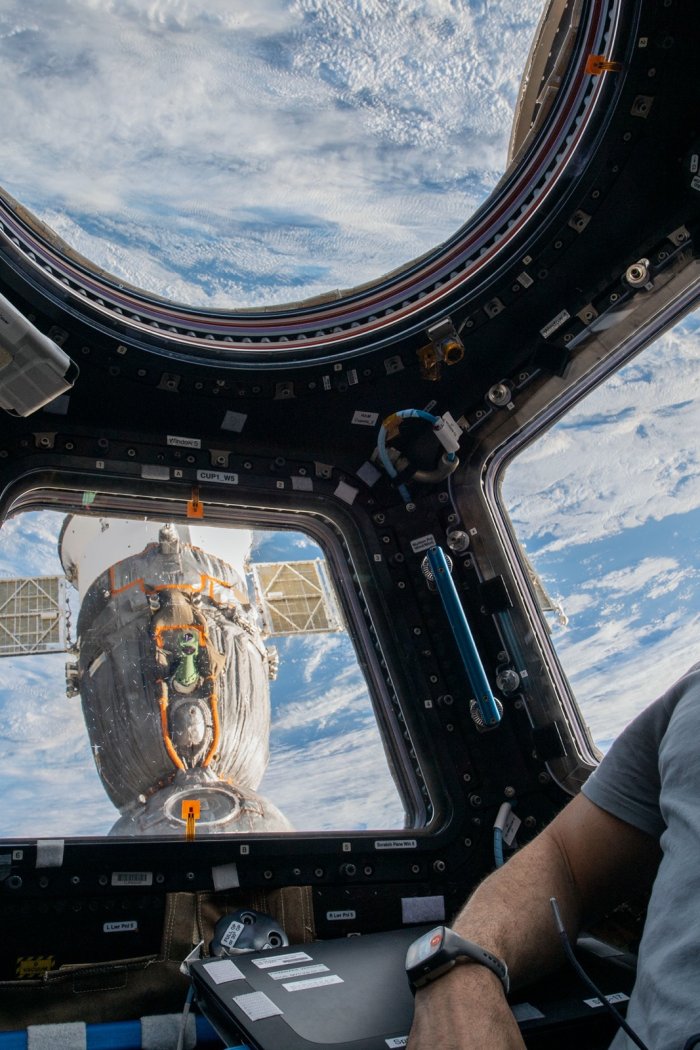The storied island of Rapa Nui finally reopens to tourists after more than two years on Aug. 1. Famous for the iconic massive and mysterious Moai sculptures crafted by its first inhabitants, Rapa Nui, located roughly halfway between Santiago and Tahiti, has been part of Chile since 1888. First inhabited by Polynesians an estimated 1,200 years ago, it was visited during Easter 1722 by Dutch explorers who named the island Paaseiland, translated as Easter Island. Descendants of the island’s first peoples call it both Rapa Nui and Te Pito o Te Henua, meaning “the navel of the world.”
The closure of Rapa Nui to tourism because of COVID-19 affected both its economy and the frequency of food deliveries, so islanders have seized the opportunity to expand traditional and sustainable agricultural practices, especially for taro and guava. Once Rapa Nui reopens, don’t miss idyllic Anakena Beach—where Rapa Nui’s first King landed—and keep your eye out for hawksbill and green turtles. The spirit of King Hotu Matu’a is said to have become a sea turtle, called honu; the word also represents patience and perseverance, something Rapa Nui has needed to rely upon.
Tourism will restart slowly; some of the first to see Rapa Nui’s sculptures will be passengers aboard Silversea’s Silver Explorer and Silver Whisper, which stop in Rapa Nui in November and December on cruises between Chile and the South Pacific.
- Cybersecurity Experts Are Sounding the Alarm on DOGE
- Meet the 2025 Women of the Year
- The Harsh Truth About Disability Inclusion
- Why Do More Young Adults Have Cancer?
- Colman Domingo Leads With Radical Love
- How to Get Better at Doing Things Alone
- Michelle Zauner Stares Down the Darkness





